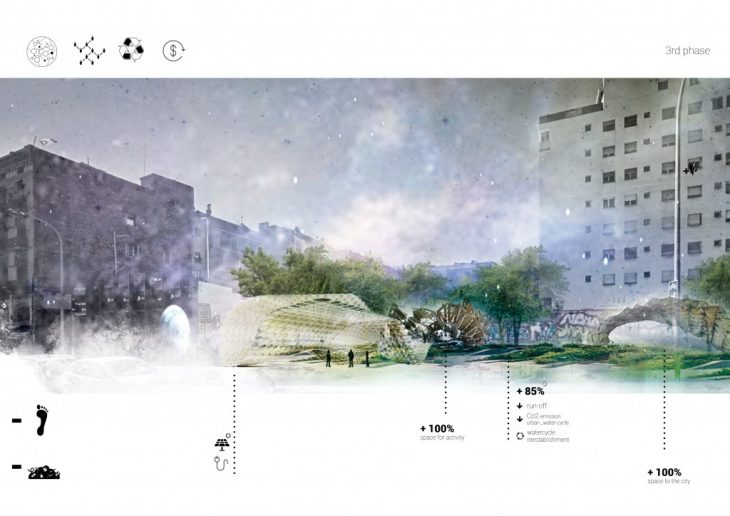“ITER-ACTive SPACES”
OPEN SOURCE URBANISM
a Workshop of IaaC, Institute for Advanced Architecture of Catalonia developed in
Master in City & Technology_2016/2017
Faculty: Marcella Del Signore
Student: Federica Ciccone
In the European context in that the global warming and the resources consumption, become a central point of the debate, Barcelona takes a leading role in the international backdrop.
We wondered in which way the Open Source Urbanism can activate solutions and why the public institutions should accept our proposals.
ITER-ACTive SPACES
is a viral strategy structured by brief interventions having long time term effects. Therefore, It acts with “archipunctures” grafting dynamic networks of skills and participation processes.
As the Catalan community has been able to re-birth from its post-dictatorial ruins, the ITER-ACTive SPACES aims to give a new life to the abandoned urban spaces, orphans of the industrial bankrupt system, that wanted them, and of the building speculation that marked out the European panorama of the last 30 years.
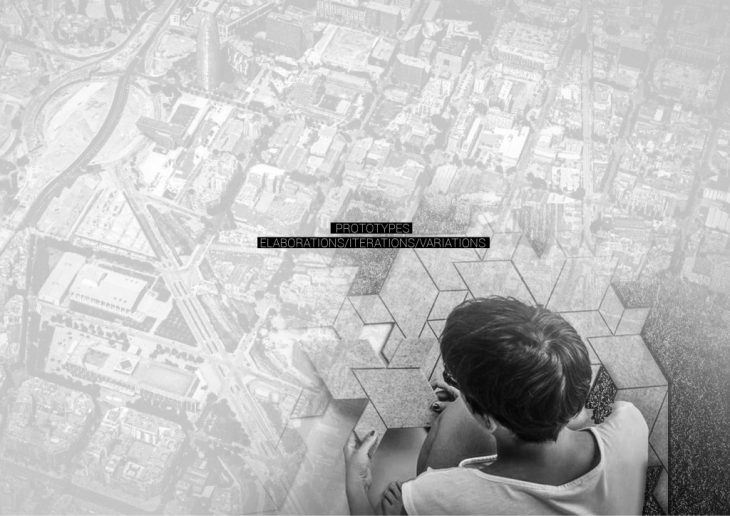
IN WHICH WAY?
Catching the challenge to transform 2 great global issues (un-used spaces – permeability of the soil) into resources for the city through the recursivity, adaptability, repeatability of the strategic method proposed. On one hand there are a lot of unused spaces in Barcelona and on the other we need to face one of the most important global issues: the permeability of the soil.
In fact the exponential growth of the urban morphology footprint actively generates a clear increment of Co2 emissions in the atmosphere and passively fuels the runoff phenomena, both causes of the increasingly insistent global warming.
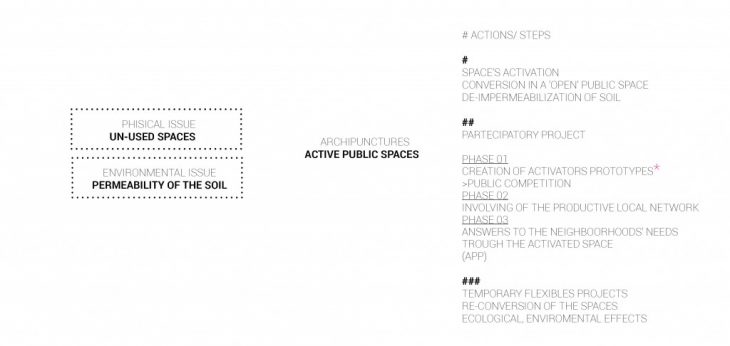
Can we reconsider these iussues as resources for a new urbanism?
Yes, we can.
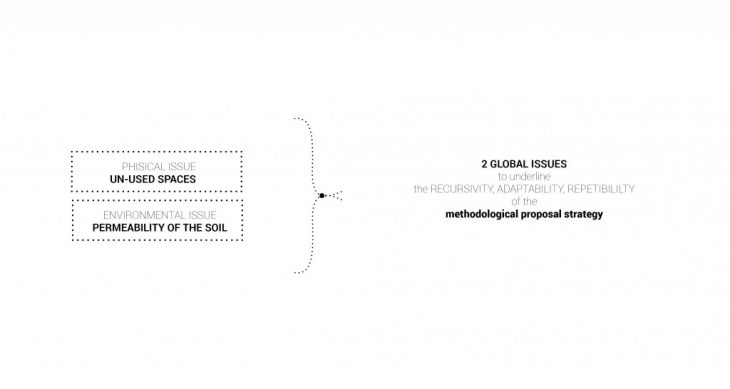
Our proposal is 1 activating strategy consisting in 1 process and n* potential prototypes.
It is a spatial and programmatic strategy, structured in 3 independent and consequential phases that, as in domino effect, are able to wake up the dormant side of Barcelona; turning it into a catalizator of new recursive processes to reduce the Carbon Passive Emissions of the city, as its main purpose.
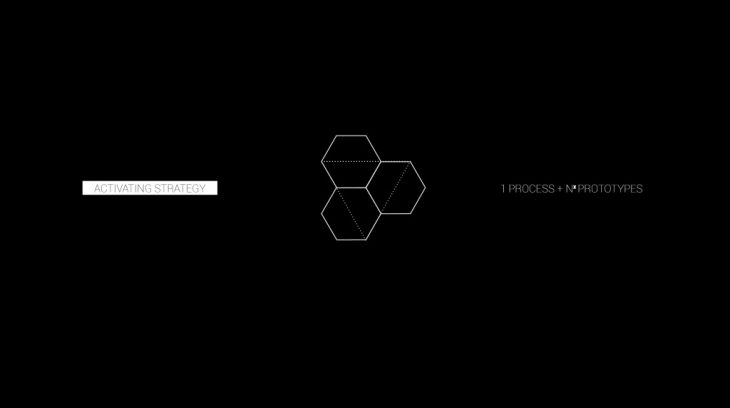
How does it work?
ITER-ACTive SPACES generates fluxes and networks first of all inside the community and then, as their result, into the fabric of the city.
Works with:
-soils
-water-cycle
-carbon emission, energy and air quality
-social and economic networks
from the neighborhood’s dimension to the whole city.
But it can’t be totally effective without any strong support of the educational institutions because with a renewed way of thinking the XXI° century generation, is called to give, the real contribution, to preserve the environment.
This is our main goal!
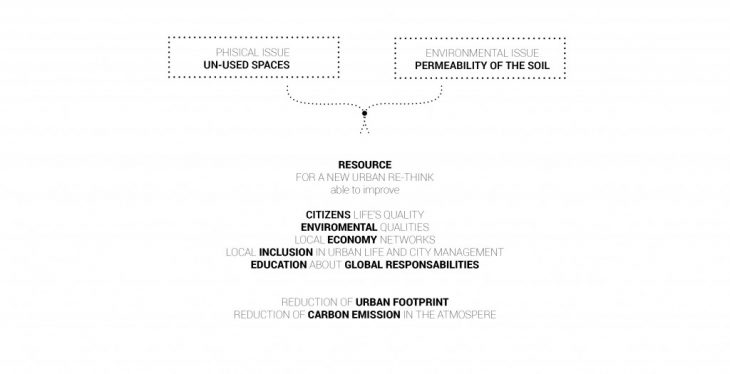
ITER-ACTive SPACES: a strategy able to create connections that birth from the urban useless, of the interstitial, forgotten spaces.
A strategy based on the citizens’ participation in all the steps of the project, from the first one( competition of idea to create prototypes) until the future programs for the activated spaces.
A process that through an app render the citizens the real authors of the projects, the real creators of the new life of these spaces.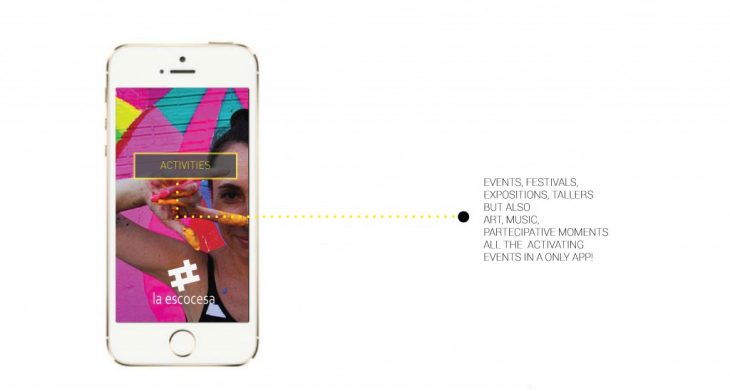
Spaces that are differents in every part of the city, with different features and vocations, but with the same starting step: the de-impermeabilization of themselves, as a single act imposed by the municipality, but able to active whole the process. Will be properly the reclamation to activate also economically all the phases of the process financed by the European Community and the United Nations to reach the targets of EU2020 and UN 2050.
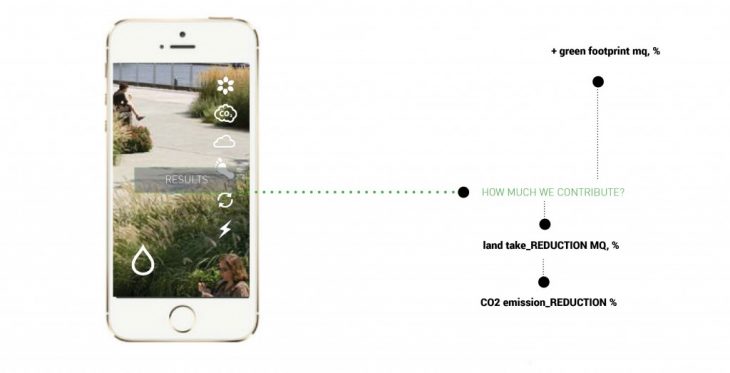
The asphalt recycling process can be considered an example of Co2 emission decrease, regenerates itself, rethinking its production in an ecological way.
ITER-ACTive SPACES is a recursive strategy, iter-active indeed, applicable not only in the different districts of Barcelona, but also in every contexts, in which, the administrations care about the evident climatic problems.
Just because it is based on global issues.
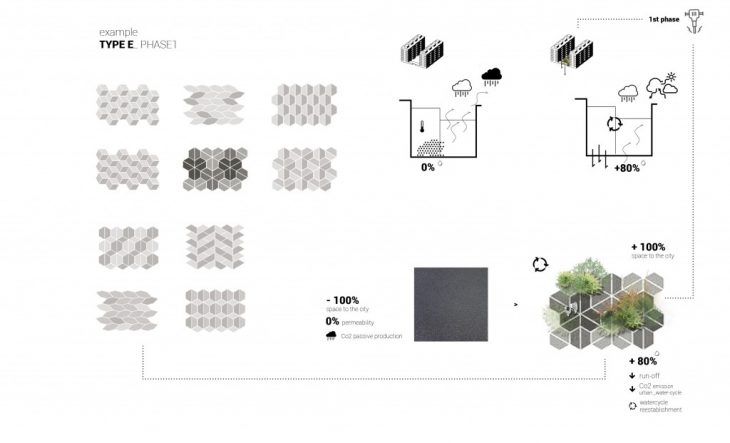
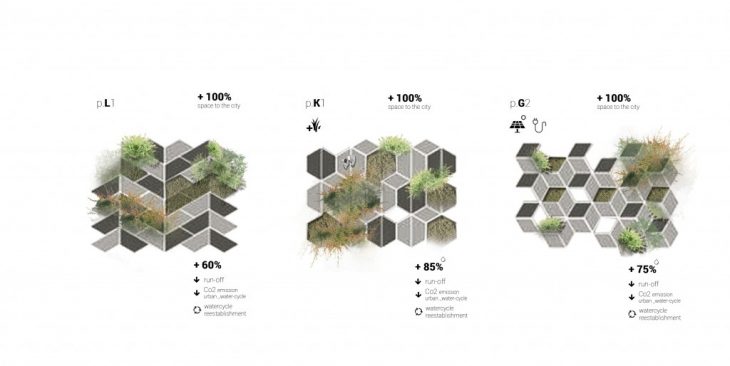
The European Cities soul lies on their public spaces since ever as Aldo van Eyck highlighted in the 60s the neuralgic areas are always the same, but today’s needs are different.
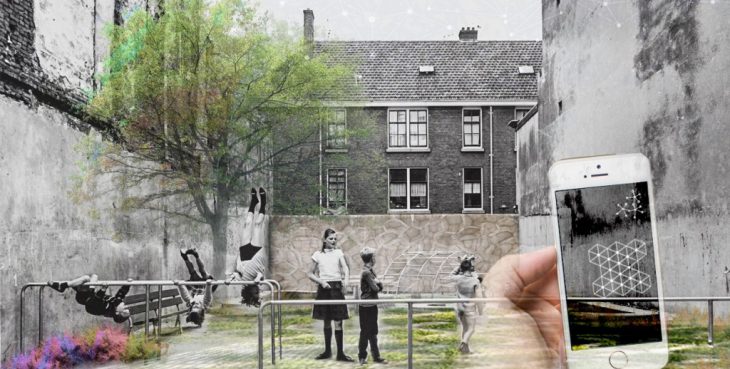
ITER-ACTive SPACES_ a recursive strategy able to involve a real impressive network of partners re-thinking a specific city and in general all the cities.
Why not?
